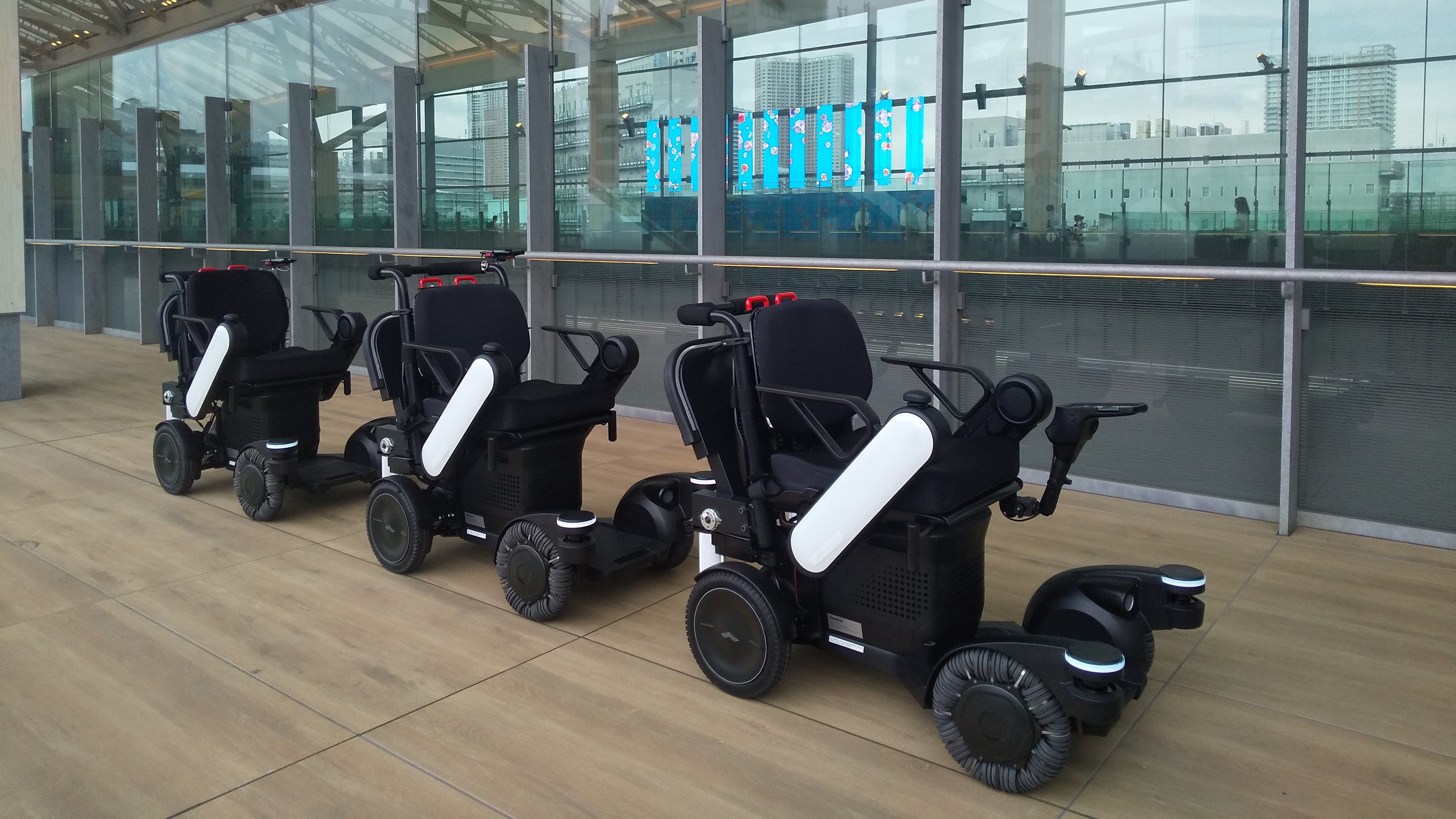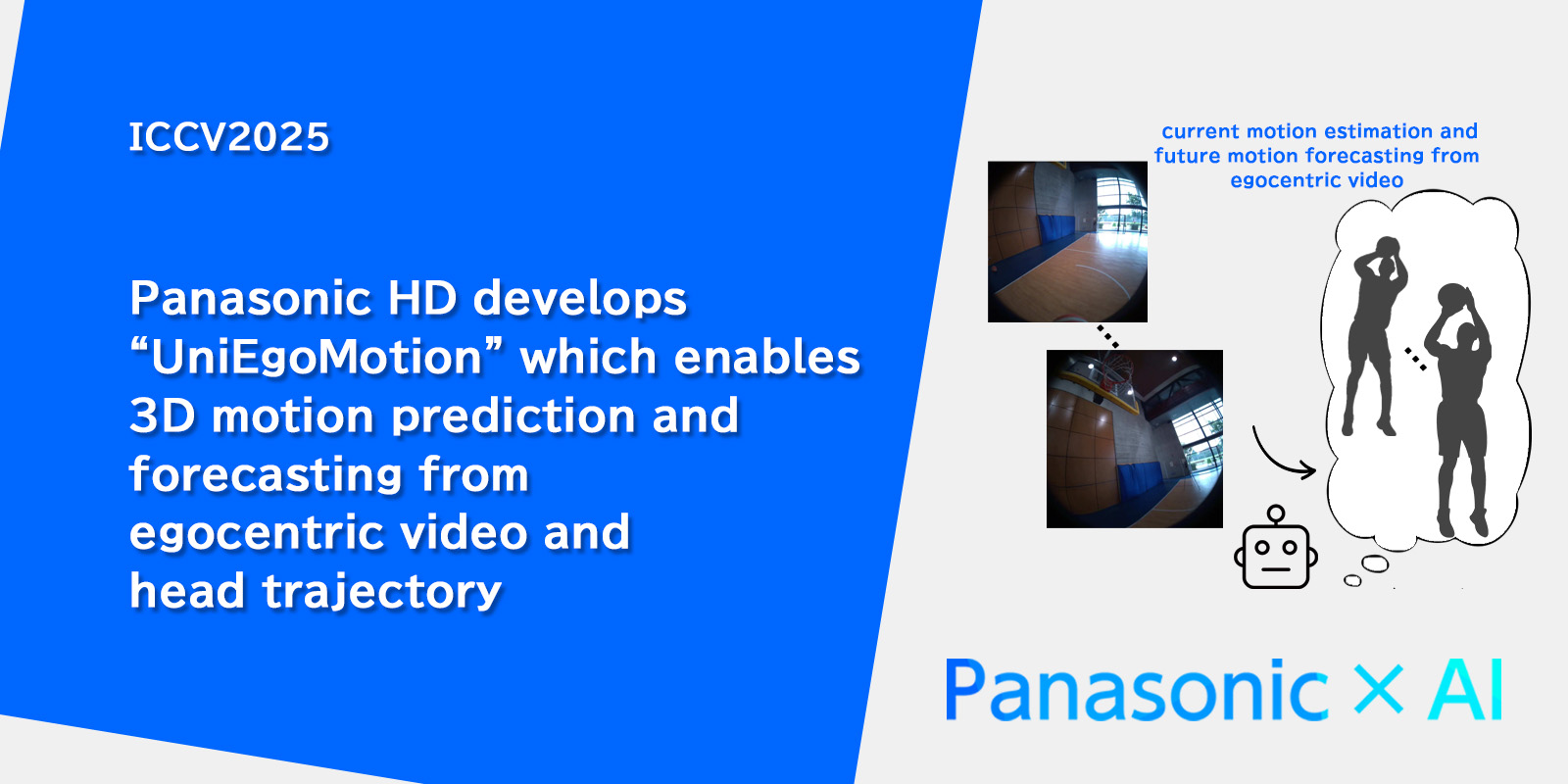Tokyo, Japan - Panasonic Corporation and Panasonic Production Engineering Co., Ltd. (collectively, "Panasonic"), in association with JR East Group, launch a mobility service trial using Panasonic's robotic mobility device - an electric wheelchair with autonomous tracking function. The trial is scheduled to take place from July to September, 2020 at Takanawa Gateway Station, a new station that opened in March 2020 along the JR Yamanote and Keihin-Tohoku lines. The trial takes place in a normally closed area of the station to verify their serviceability in a semi-outdoor environment.
East Japan Railway Company, the flagship company of the Group, positions Takanawa Gateway Station as the entrance to a new hub for international exchange, and is moving forward with the installation and demonstration of the latest station services and facilities. As part of its efforts, the company is aiming to introduce various robotic services that can be used in the station and at surrounding facilities as it seeks to create safer station environments in anticipation of the completion of Phase One of its large-scale Shinagawa Development Project by March 2024.
Three units of the Panasonic robotic mobility device are used for the trial, with the leading robot controlled by a station employee, and the second and third robots following behind it automatically in a column. The aim is to verify serviceability of the devices in a sunny, semi-outdoor environment. The trial takes place in an area that is normally not open to the public, providing a safe, efficient mobility service for people who visit the station's new Partner Base Takanawa Gateway Station* facility.
The robots are equipped with an automatic braking system that enables them to slow down or stop completely when an obstacle is detected, as well as an autonomous tracking function that ensures that the robots at the rear follow the lead robot. If a person walks in between the robots in motion, the rear robot will automatically make a temporarily stop as its sensor detects the person, and will only move again once it recognizes the way is cleared. Looking ahead, the goal is to develop a completely unmanned mobility service for a new way of living using completely autonomous robotic mobility devices.
Not only is Panasonic looking at new ways of providing comfortable and safe mobility services, it is also moving forward with the development of robots that can propose new value to customers, such as tour services for families and groups taking advantage of the autonomous mobility device's capability to transport multiple people together in a cluster. Also, with an eye on the globally expanding Mobility as a Service market, Panasonic will continue to utilize its robotics technologies to create value for new urban environments.
*An urban development co-creation hub for partners involved in Phase One of the Shinagawa Development Project. Normally not open to the public.
# # #
- Disclaimer:
- We would like to note that Panasonic Newsroom is not a place to address personal Customer Service issues. Even though this is not the forum, Panasonic is always eager to resolve your concerns. Our local customer services contacts can be found at Global Support or you can see our list of Social Media Accounts to find the right channel for your queries and concerns.
Related Links
Related News
- Trial for Services Using Robots Conducted at Takanawa Gateway Station in Tokyo (Jul 09, 2020)
- Safety Control Systems Designed for Robotic Mobility Obtains International Standard Certification (Dec 18, 2019)
- ANA and Panasonic Partner to Test Self-Driving Electric Wheelchairs at Narita Airport (May 16, 2019)






![[Video] Panasonic HX in Action: Demonstrating Hydrogen Solutions in Europe](http://news.panasonic.com/uploads/tmg_block_page/cover_image/18213/hx-video-main.jpg)






